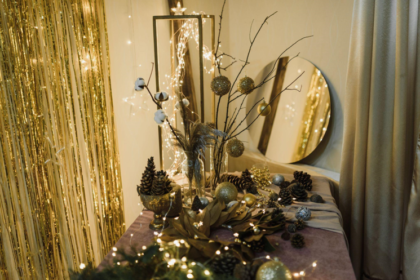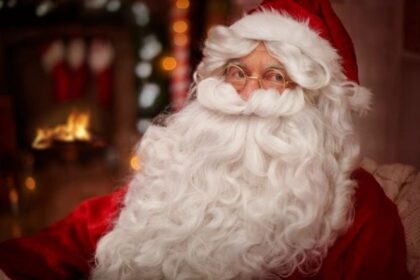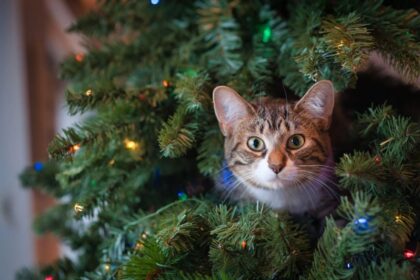Why Artificial Christmas Trees are a Blessing for Honey Bees
Honey bees play a crucial role in our ecosystem by pollinating plants that produce fruits, vegetables, nuts, and seeds. Unfortunately, pesticide use, climate change, and habitat loss have caused a decline in honey bee populations. Hence, it’s essential to protect honey bees and their habitat during the holiday season, when many people buy and decorate real Christmas trees.
The good news is that you can help honey bees by choosing an artificial Christmas tree instead of a real one. Artificial Christmas trees are made of plastic, metal, or other synthetic materials that mimic the look of real trees without harming the environment. By using an artificial Christmas tree, you can avoid cutting down trees, which can also disrupt bee habitats and nesting sites.
Moreover, artificial Christmas trees are a one-time investment lasting many years. You don’t have to worry about buying a new tree yearly or disposing of a real tree after the holidays. Artificial trees are easy to assemble, store, and reuse, which saves you time and money.
Using an artificial Christmas tree can also alleviate concerns about fire hazards, needle shedding, and water spills familiar with real trees. Artificial trees don’t require watering or shed needles, making them ideal for people with allergies or pets. You can also decorate an artificial tree with lights, ornaments, and garlands without worrying about damaging the tree or causing a fire.
How Honey Bees Benefit from Artificial Christmas Trees
Apart from protecting honey bees’ habitat, artificial Christmas trees can also provide for honey bees during winter. Honey bees need food during winter when flowers and plants are scarce. By placing an artificial Christmas tree in your garden or yard, you can provide shelter and food for honey bees.
Artificial Christmas trees attract bees because of their texture, scent, and color. Bees can collect nectar and pollen from the artificial tree’s flowers, which can help sustain their colony during the winter. You can also decorate the artificial tree with ornaments made of natural materials like dried fruits, pinecones, and nuts, which can also attract bees and other pollinators.
In conclusion, artificial Christmas trees are a beautiful and convenient option for the holiday season. Still, they can also benefit honey bees, the queen bee, and worker bees by protecting their habitat and providing food during winter. By choosing an artificial Christmas tree, you can positively impact the environment and support the essential role that honey bees play in our ecosystem.




